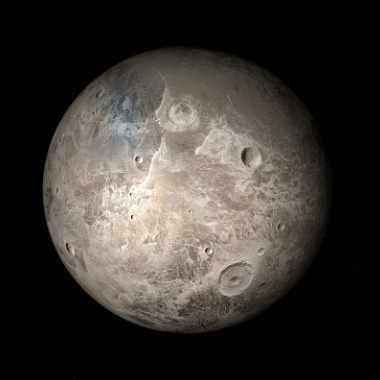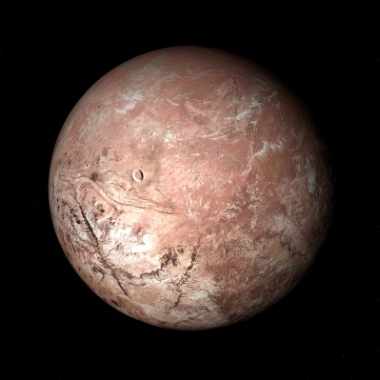The Great Debate
There is no doubt that, at some point in your life, you have heard the number of planets in our solar system discussed. You may have heard people say that there are eight planets, and some people may have said nine. This debate begins with a special kind of planet – a celestial body that doesn’t fit the criteria to be an ‘ordinary’ planet.
Pluto is a dwarf planet, and it was long considered our ninth planet, but the International Astronomical Union reclassified it as a dwarf planet in 2006 – it did not meet the three criteria the IAU uses to define a full-sized planet (more to come on that later!) From then on, others have been discovered that have similar properties to Pluto. In fact, the number of dwarf planets in the Solar System is unknown. Estimates have run as high as 200 in the Kuiper belt and over 10,000 in the region beyond!

Qualifications
So, what actually is a dwarf planet? According to the International Astronomical Union, a dwarf planet is a celestial body that:
- Orbits the sun
- Has enough mass to assume a nearly round shape
- Has not cleared the neighbourhood around its orbit
- Is not a moon
Despite misconceptions, there are no specific size or mass limits of dwarf
planets – dwarf planets have enough mass to form a sphere, but don’t have the gravity needed to clear their orbits of other objects and debris.
The Five Dwarfs (we lost two)
The five dwarf planets that I will show you here are (in order of distance from the Sun): Ceres, Pluto, Haumea, Makemake and Eris.

Ceres
Location: Asteroid belt – between Mars and Jupiter
Discovered: 1st Jan 1801 – Guiseppe Piazzi
Year on Ceres (orbital period): Around 4.6 years
Radius: 476 km (13 times smaller than Earth)
Distance from the Sun: 2.8 Astronomical units (413 million km)
Pluto
Location: The Kuiper Belt (the region of our solar system beyond Neptune)
Discovered: 18th February 1930 – Clyde Tombaugh
Year on Pluto (orbital period): 248 years – oval shaped orbit!
Radius: 1,188.3km (about 5 times smaller than Earth)
Distance from the Sun: 39 AU (5.9 billion kilometers)


Haumea
Location: The Kuiper Belt
Discovered: 28th December 2004 – Michael E. Brown, José Luis Ortiz Moreno
Year on Haumea (orbital period): 283.77 years
Radius: 816km (About 7 times smaller than Earth)
Distance from the Sun: 43 AU (6.5 billion km)
Fun Fact: Haumea has oval shape because of how fast it spins on its axis!
Makemake
Location: The Kuiper Belt
Discovered: 31st March 2005 – Michael E. Brown
Year on Makemake (orbital period): 306.22 years
Radius: 715km (about 9 times smaller than Earth)
Distance from the Sun: 45.8 AU (6.8 billion km)


Eris
Location: The Kuiper Belt
Discovered: 5th January 2005 – Mike Brown, Chad Trujillo, David Rabinowitz
Year on Eris (orbital period): 556 years
Radius: 1,163km (about 5 times smaller than Earth)
Distance from the Sun: 68AU (6.3 billion km)
Thank you for taking the time for reading my article! I am really passionate about space and hope I have conveyed this throughout.
Most of my research came from NASA. If you want fun videos about dwarf planets, click here.
Sofia Macari